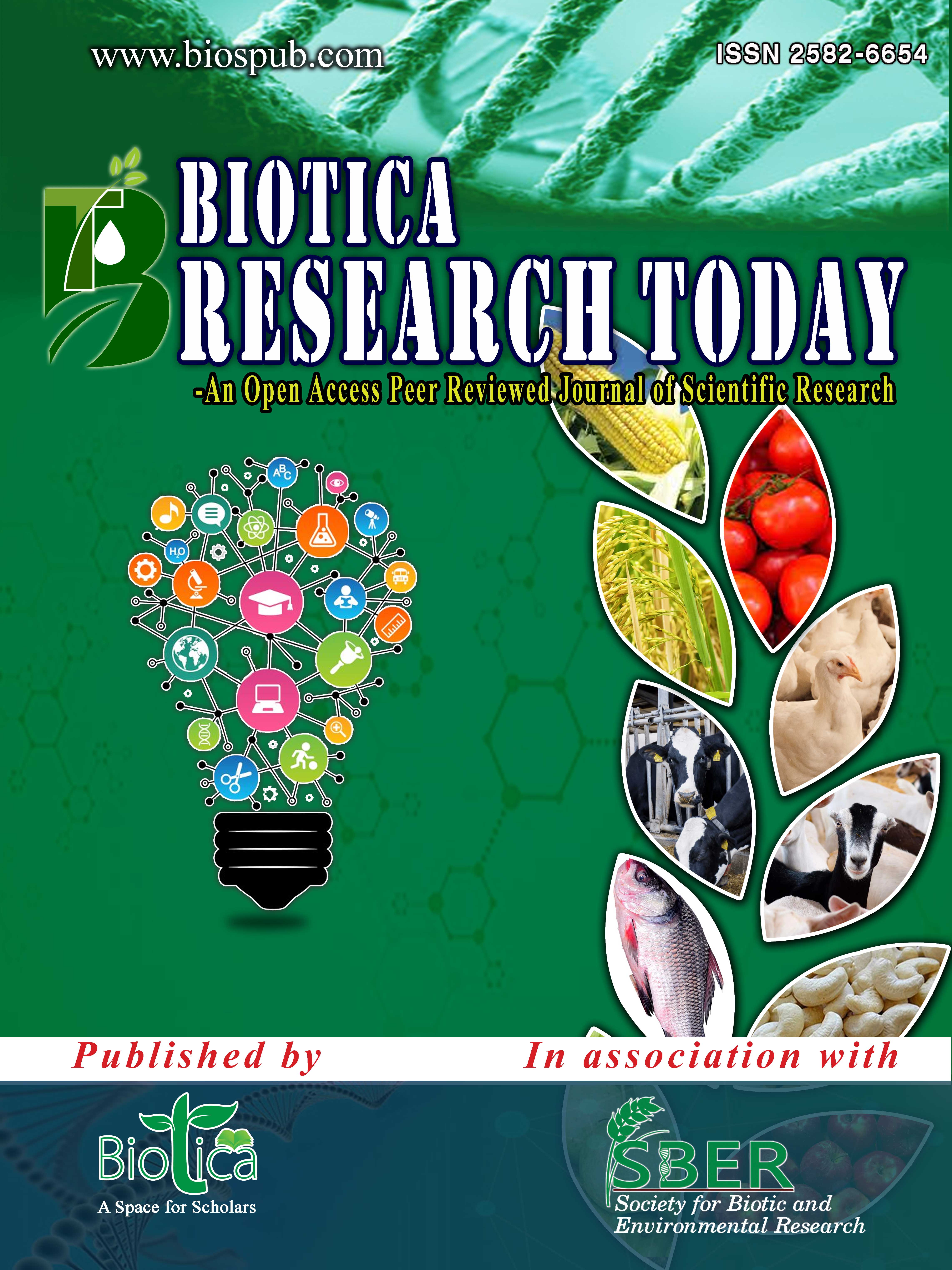Assessment of Product Yield and Characteristics of Biocrude from Hydrothermal Liquefaction
DOI:
https://doi.org/10.54083/ResBio/4.2.2022/42-46Keywords:
Biocrude, FTIR, GC-MS, Hydrothermal liquefaction, Wet biomass, Wine wasteAbstract
Biomass is a promising renewable energy source for fuel conversion. Hydrothermal liquefaction technology converts biomass into an energy-rich biofuel called biocrude which can potentially substitute fossil fuels. In this study, wet biomass namely water hyacinth, banana pseudostem, banana peduncle, wine waste and beer waste were investigated for biocrude production. The biomass macro molecules underwent anaerobic thermochemical disintegration to yield biocrude in the range of 7.3 to 16% at the hydrothermal liquefaction temperature and pressure of 275 ºC and 15 MPa respectively. Wine waste showed higher biocrude yield (16%) among the selected biomass materials with aqueous phase (63%) and char (3%) as by products. The recovered biocrude showed good quality fuel properties similar to diesel and bio-diesel with heating value of about 30 MJ kg-1. GCMS and FTIR analyses proved the biocrude to be rich in aliphatic and aromatic fuel and chemical derivatives of alkenes, alcohols, ketones and amines which necessitate its potential to drop in advanced fuels and chemicals for supplementing conventional resources.
Downloads
Downloads
Published
How to Cite
Issue
Section
License
Submission of a manuscript implies that when the manuscript is accepted for publication, the authors agree to automatic transfer of the copyright to the publisher (or grant the Publisher exclusive publication and dissemination rights). The Biotica, as the publisher, has the right to enter into any agreement with any organization in India or abroad engaged in reprography, photocopying, storage and dissemination of information contained in this journal. The Biotica has no objection in using the material, provided the information is being utilized for academic purpose but not for commercial use. Due credit line should be given to Biotica where information will be utilized.









 |
|


